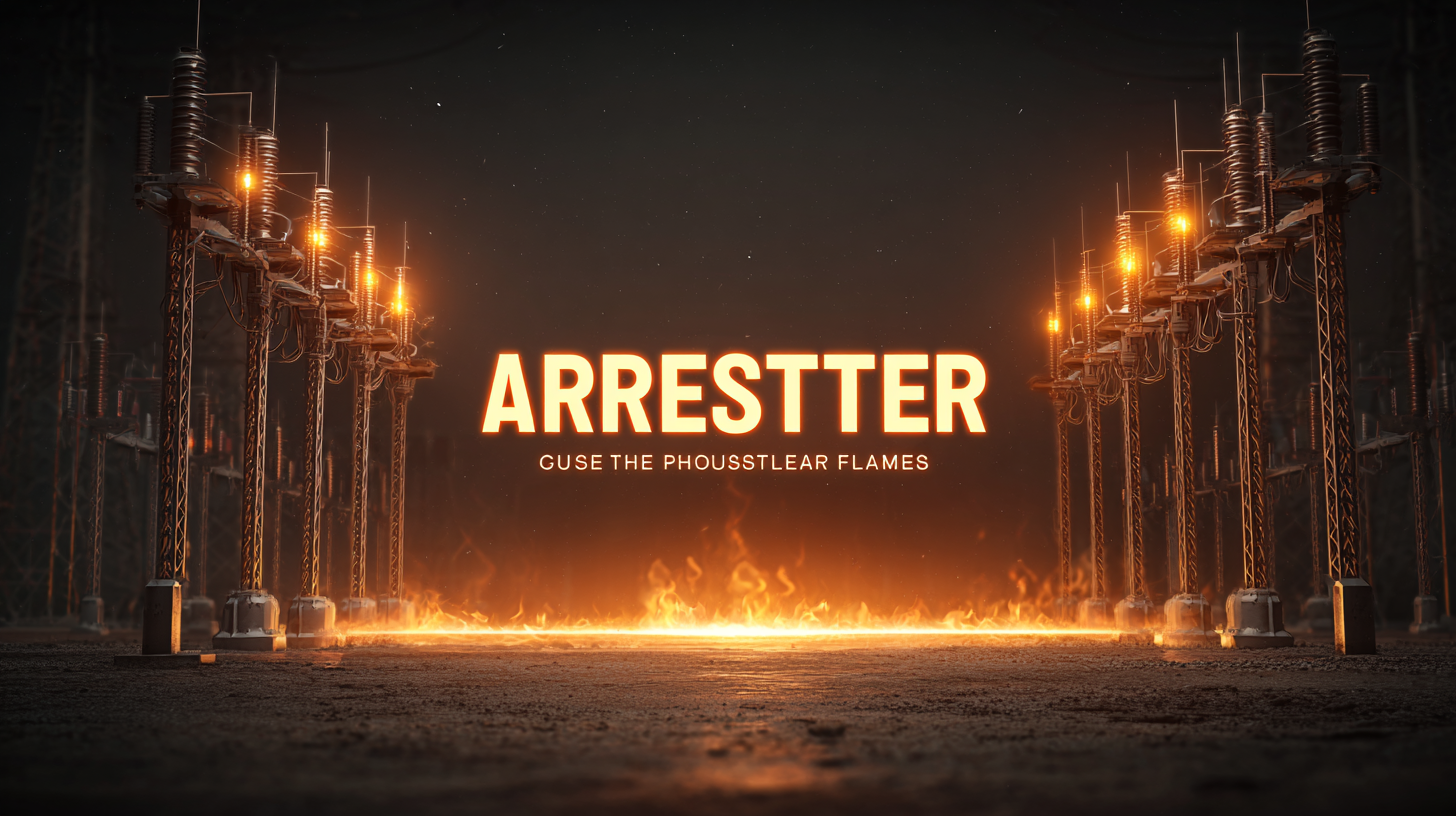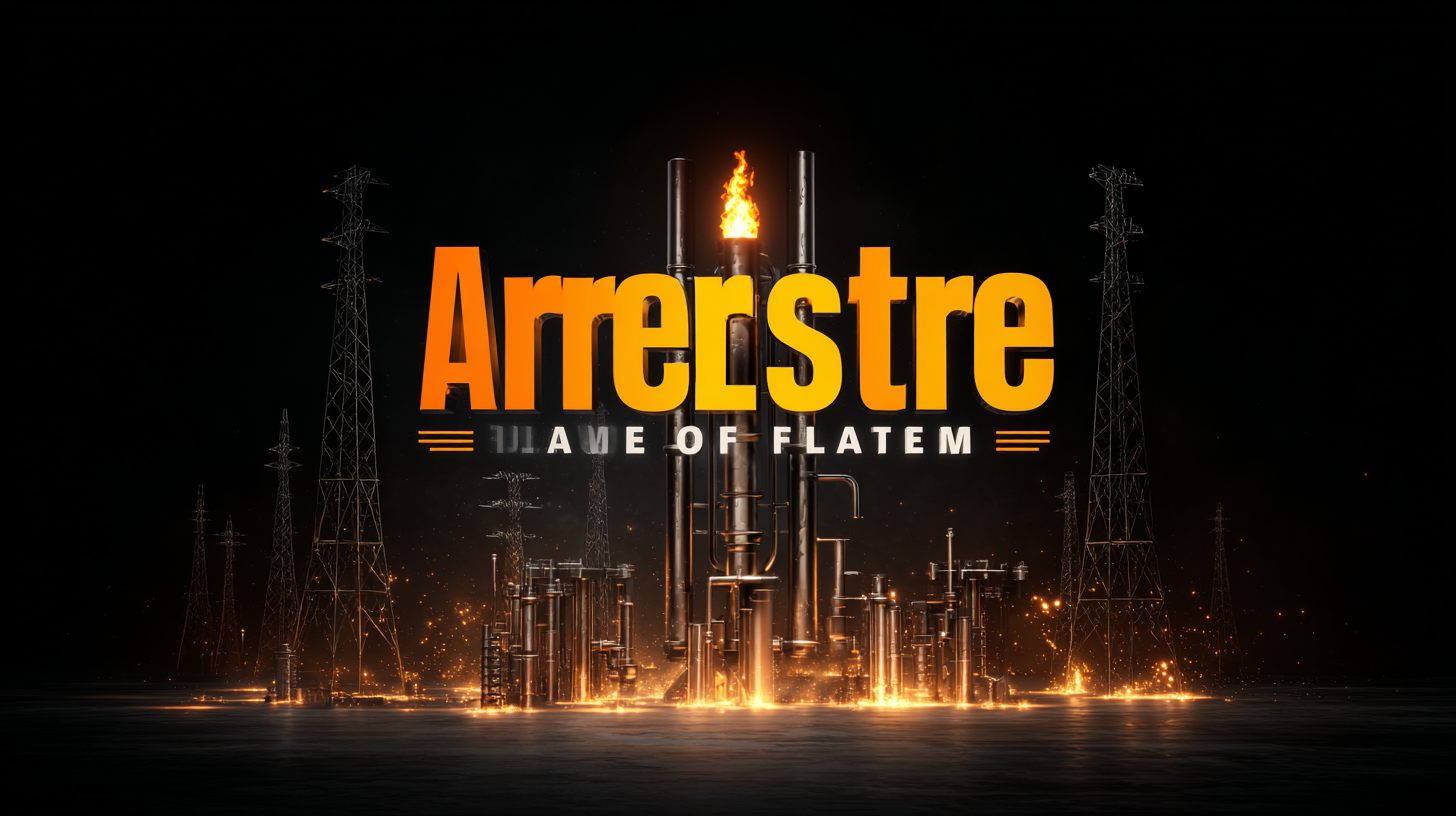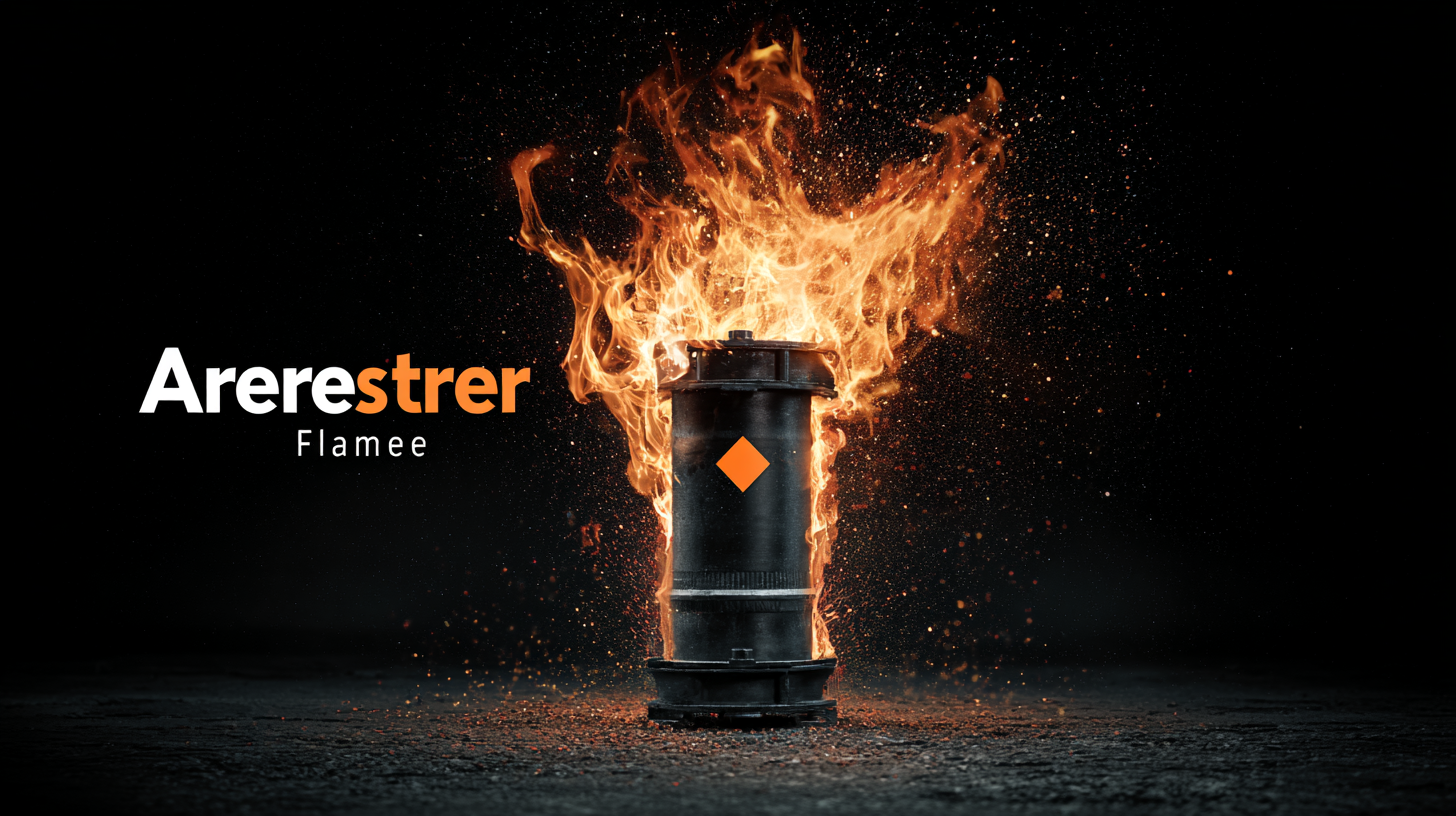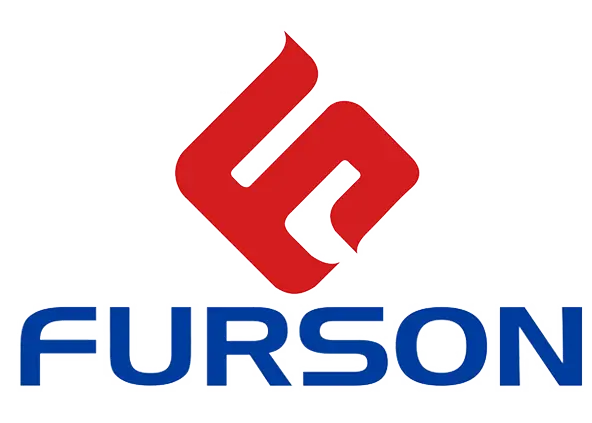Leave Your Message
When it comes to ensuring safety and efficiency in industrial applications, selecting the right Arrester Flame solutions is crucial. With a myriad of options available in the market, understanding the industry production standards and the specific needs of your operations is essential for making an informed choice. This ultimate guide aims to demystify the process of choosing the best Arrester Flame systems by exploring the key reasons why certain features and specifications matter. By delving into the digital advancements in this field and outlining the categories of available products, we will equip you with the knowledge necessary to navigate through the various solutions. Whether you are looking to enhance fire safety measures in a manufacturing plant or seeking compliance with regulatory requirements, this guide will serve as your comprehensive resource in selecting the optimal Arrester Flame system tailored to your needs.

When selecting an arrester flame solution, it's essential to focus on key technical specifications that suit your operational needs. First and foremost, consider the maximum heat load your system may encounter. Understanding the thermal limits of the arrester will help ensure it can handle extreme conditions without failure. This is crucial for maintaining safety and operational efficiency in environments prone to fire hazards.
Another essential factor is the material composition of the arrester. High-quality materials can significantly impact durability and resistance to corrosion and wear. Look for solutions made from heat-resistant alloys or composite materials that offer enhanced performance and longevity. Remember, investing in better materials today can minimize replacement costs in the future.
Tip: Always consult technical datasheets and manufacturer specifications to ensure the arrester flame solution fits the unique requirements of your facility. It’s also beneficial to engage with experienced professionals who can provide insights based on industry standards and best practices. Regular maintenance checks are advisable to ensure optimal performance and to identify any potential issues before they escalate.
When choosing the right arrester flame solutions, it's essential to understand the various types of systems available today. The most common are passive and active flame arresters. Passive systems rely on material properties to quench flames, while active systems use mechanical means, such as blowers or cooling systems, to interrupt combustion. Knowing these core differences can help you determine which type best suits your application.
Tip: Always assess the specific environment where the arrester will be used. Factors such as pressure, temperature, and the nature of the ignitable substances can influence the performance of the system. Consult with manufacturers to ensure compatibility and efficiency.
Another important option to consider is the installation method. Fixed systems are usually integrated into existing infrastructure, providing a permanent solution, whereas portable systems offer flexibility, especially in temporary or changing environments. Understanding your needs will guide you in making an informed choice.
Tip: Keep maintenance and accessibility in mind. A system that's difficult to access for checks and maintenance may lead to increased costs and potential safety hazards. Regular inspections are crucial to ensure the flame arrester is functioning effectively.

When it comes to choosing the right arrester flame solution, understanding your specific needs is crucial. According to industry reports, over 60% of fire-related incidents can be traced back to inadequate flame control measures. Therefore, it's essential to consider various factors such as the environment, potential fire hazards, and regulatory requirements when selecting the best arrester flame solution.
Begin by assessing the space where the solution will be implemented. Some environments may require advanced designs that enhance safety without compromising efficiency. For example, certain solutions provide specialized features tailored for high-risk areas, offering additional layers of protection. An informed choice can significantly enhance operational safety and compliance with regulations.
Furthermore, it's beneficial to compare different products based on their performance metrics and user reviews. A recent survey indicated that 75% of users felt more secure when using high-quality arrester flame solutions equipped with advanced technology. By opting for solutions that align with your operational demands, you ensure that you are investing in tools that not only meet safety standards but also optimize productivity in your fire prevention efforts.
This chart illustrates the distribution of different types of flame arresters used across various industrial applications. Understanding the prevalence of each type can help in selecting the most suitable flame arrester for specific needs.
When selecting the best arrester flame solutions for your needs, evaluating performance metrics is crucial to ensure optimal safety and efficiency. Performance metrics such as response time, extinguishing efficiency, and pressure ratings determine how effectively an arrester can handle flame hazards. Start by assessing the specific risks associated with your environment to narrow down your options.
Tip: Look for products that offer clear specifications and third-party test results to validate their performance claims. This information can provide insight into how well a product will perform under your unique conditions.
Another vital metric to consider is durability, as flame arresters often face harsh conditions. Choose materials that resist corrosion and wear, ensuring your system remains effective over time.
Tip: Check for warranties and the availability of replacement parts, as these can indicate a manufacturer’s confidence in their product longevity and support. Understanding these performance metrics will help you make an informed decision that best fits your operational needs while maximizing safety.
When it comes to maintaining your Arrester Flame systems, a thorough understanding of safety protocols and regular maintenance practices is essential for their longevity and efficacy. Regular inspections should be scheduled to ensure that all components are functioning correctly. This includes checking for any signs of wear or damage to the flame arresters, as well as ensuring that all sealing rings are intact. A proactive approach, addressing any issues as they arise, is crucial in preventing more significant problems down the line.
In addition to routine checks, proper cleaning is vital. Accumulated debris can hinder the performance of the flame arresters, so it’s important to follow the manufacturer's guidelines on the appropriate cleaning methods and frequency. Furthermore, training personnel on safety measures and emergency protocols associated with these systems can significantly mitigate risks. Ensuring that all staff members are knowledgeable about the functions and maintenance of Arrester Flame systems contributes to a safer working environment and helps maintain the operational integrity of the equipment.

